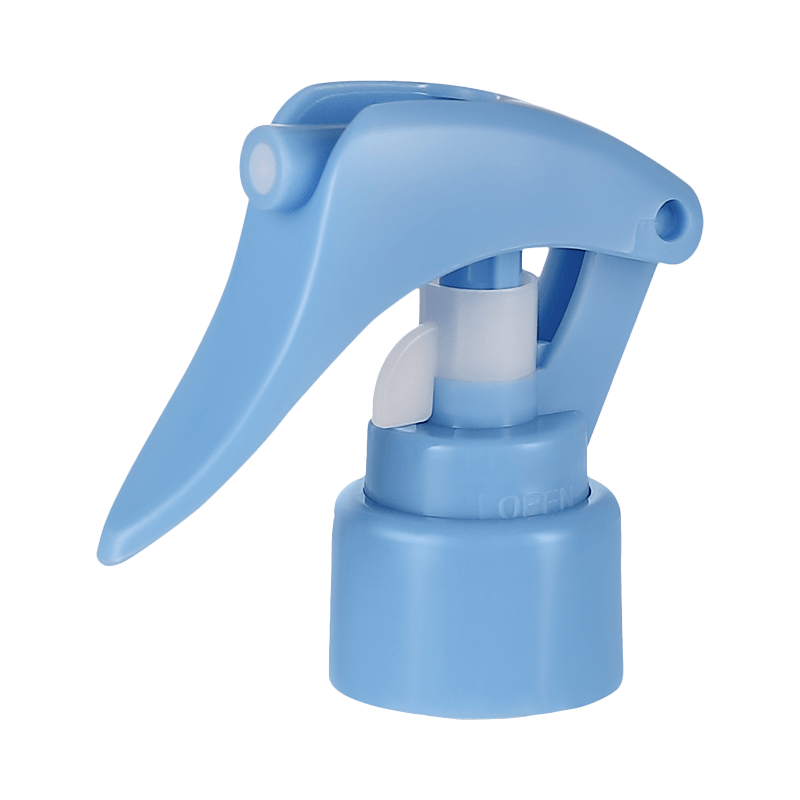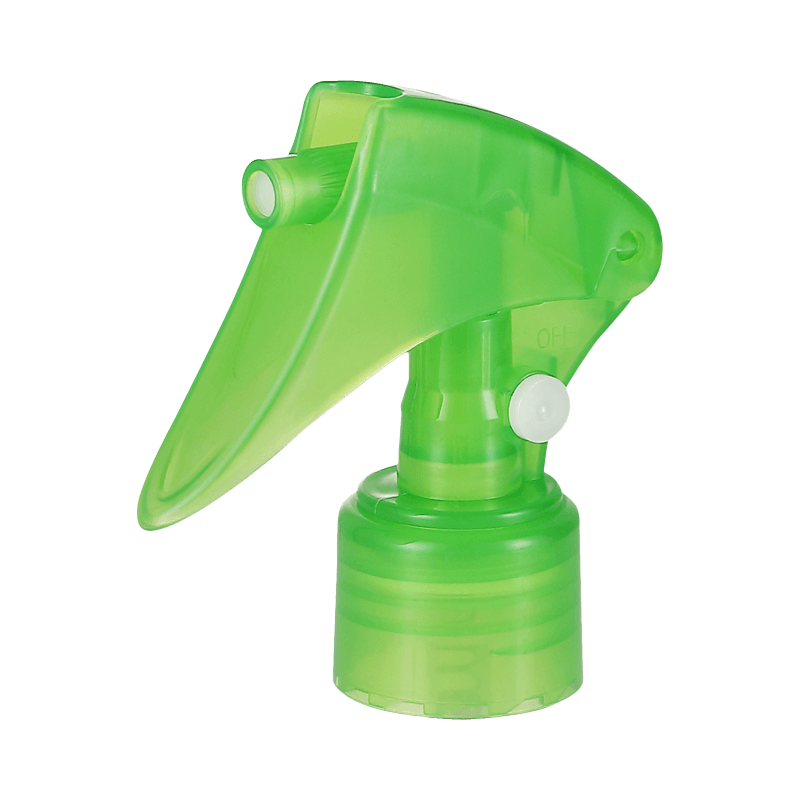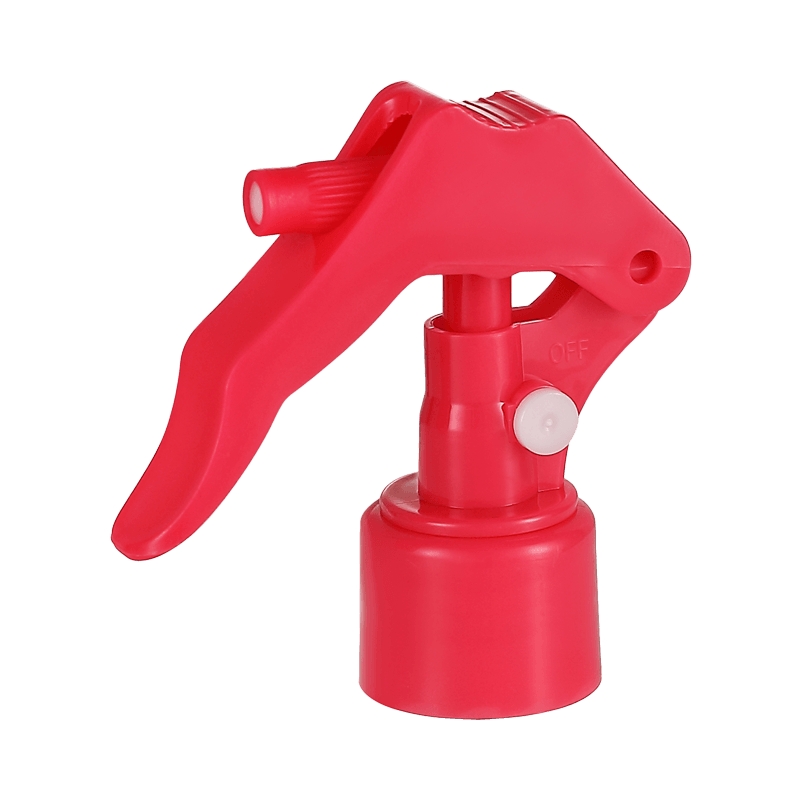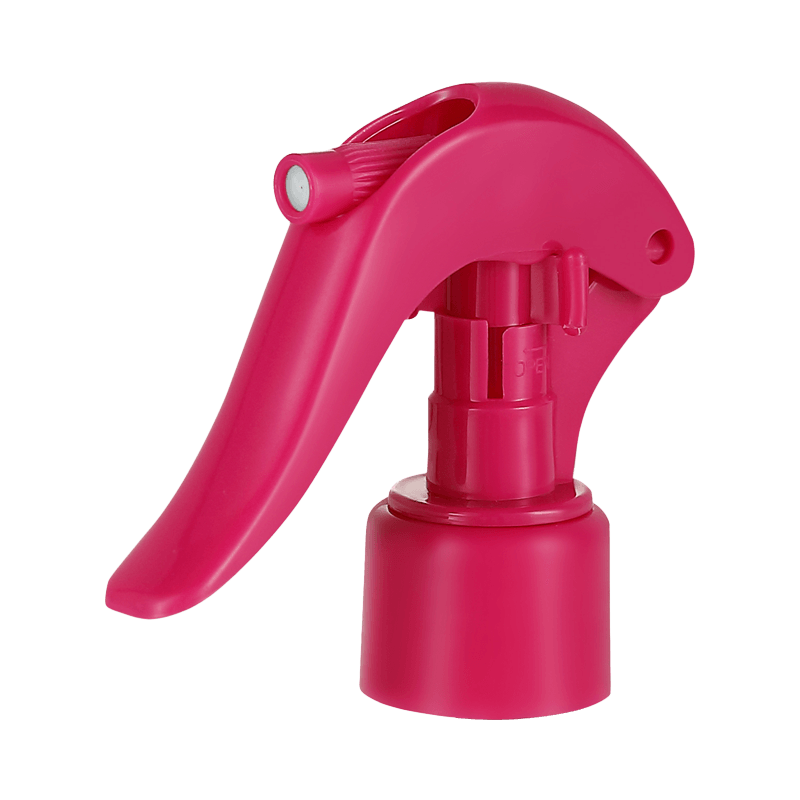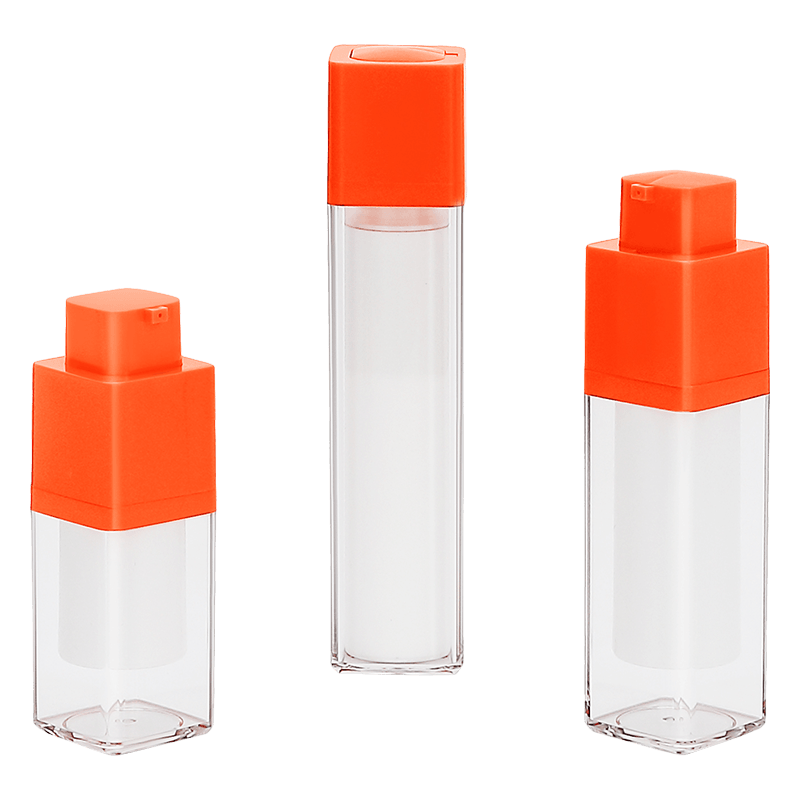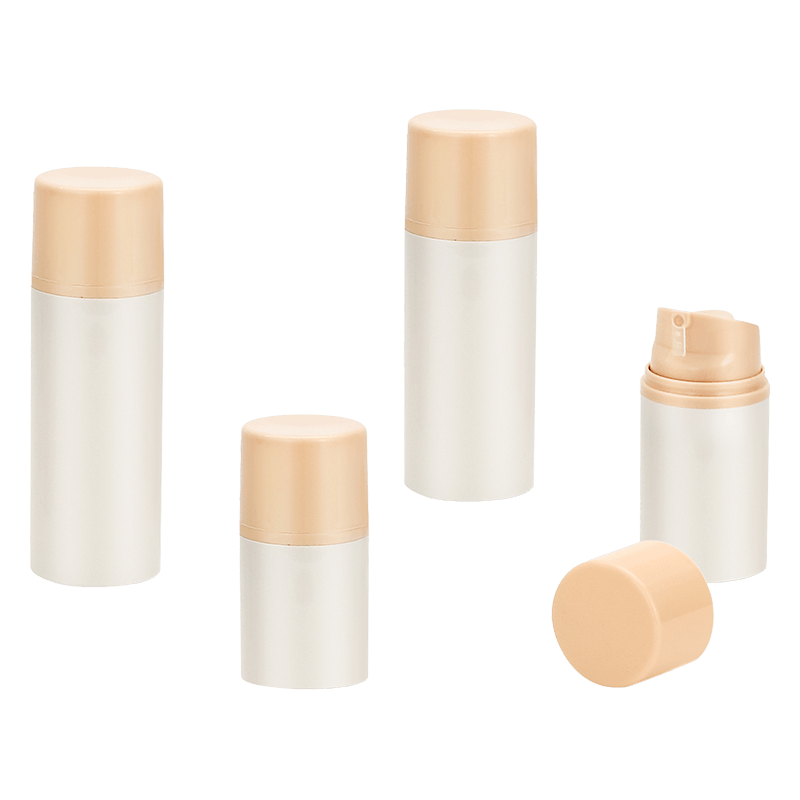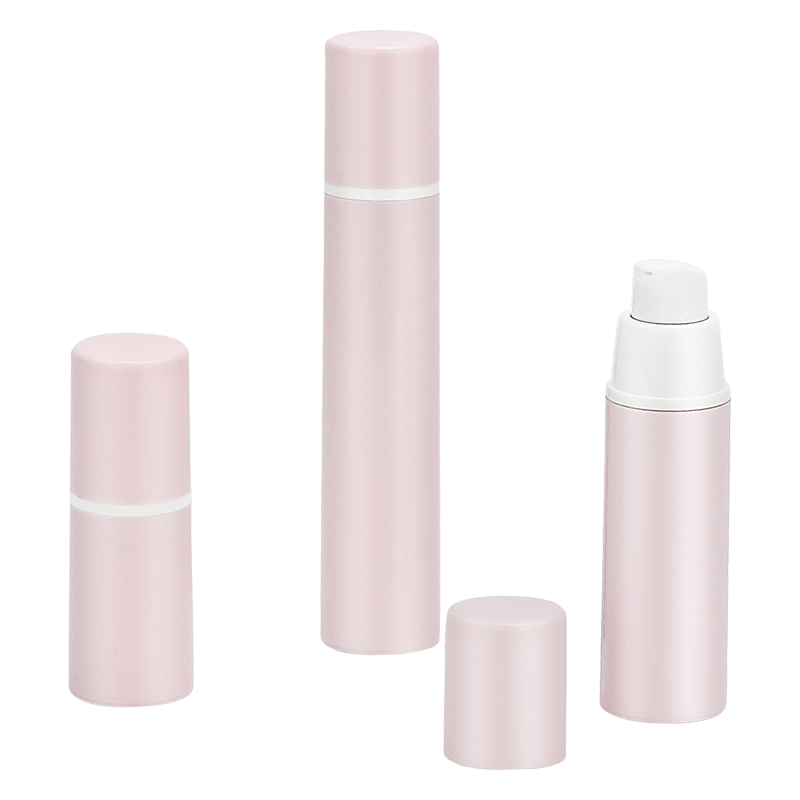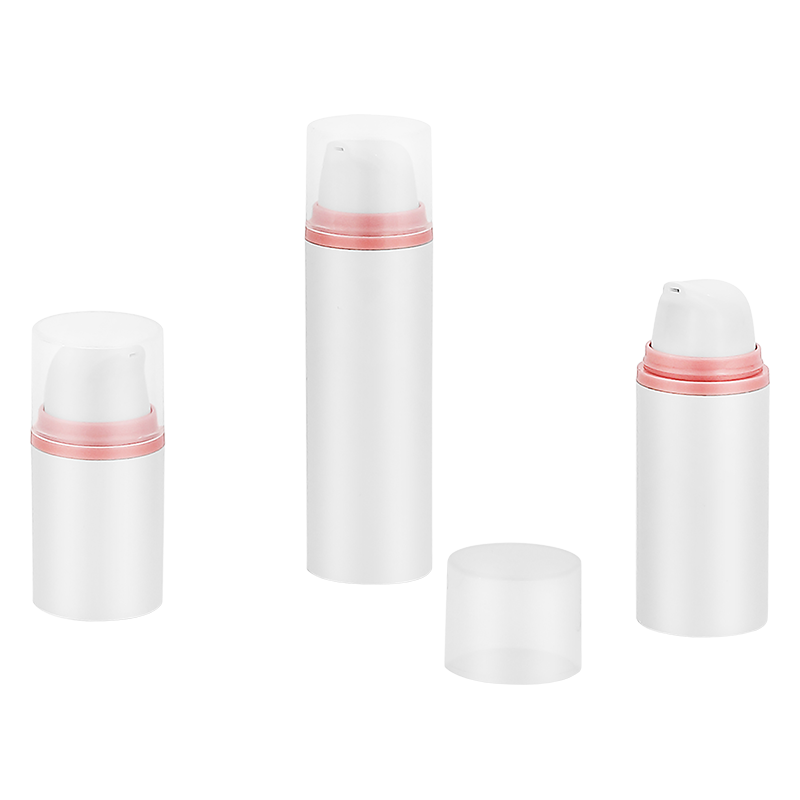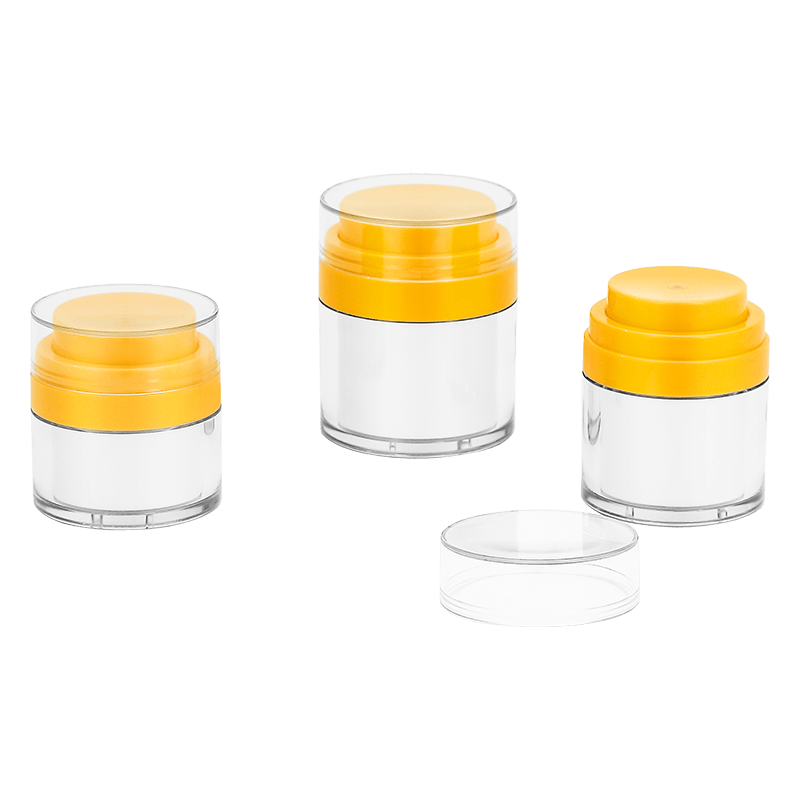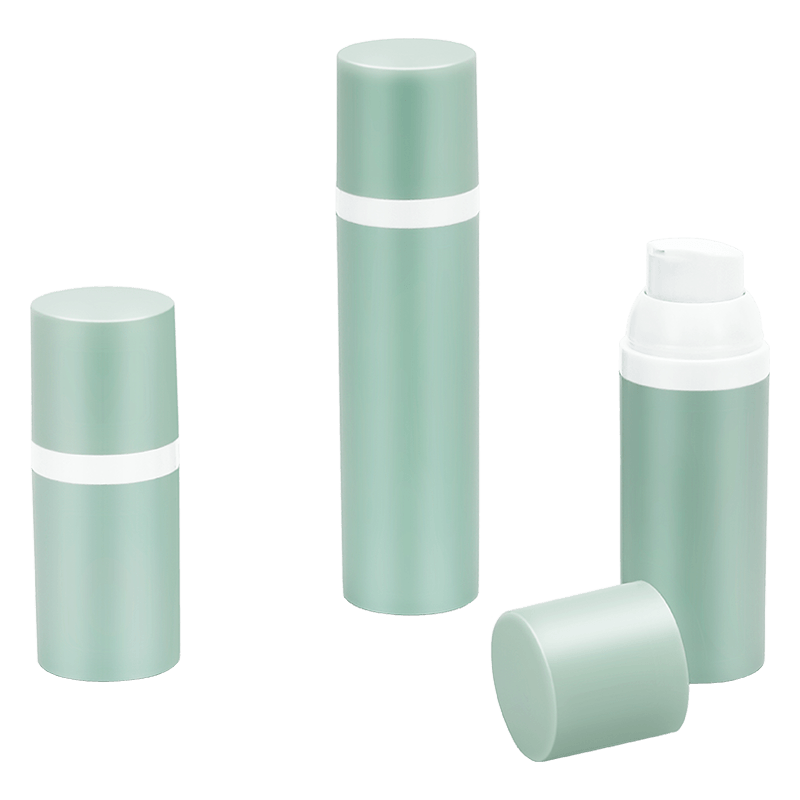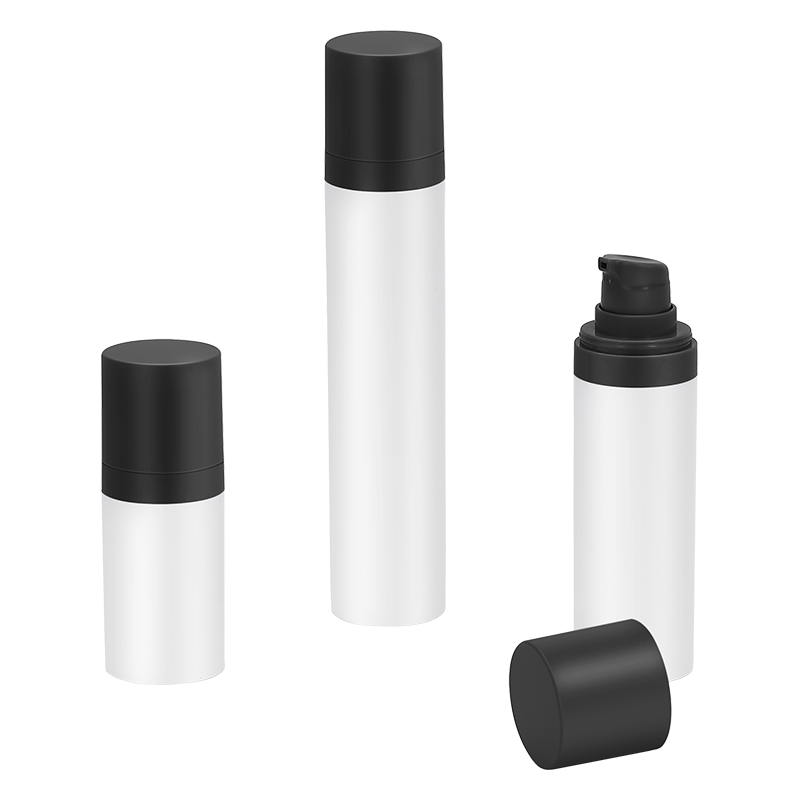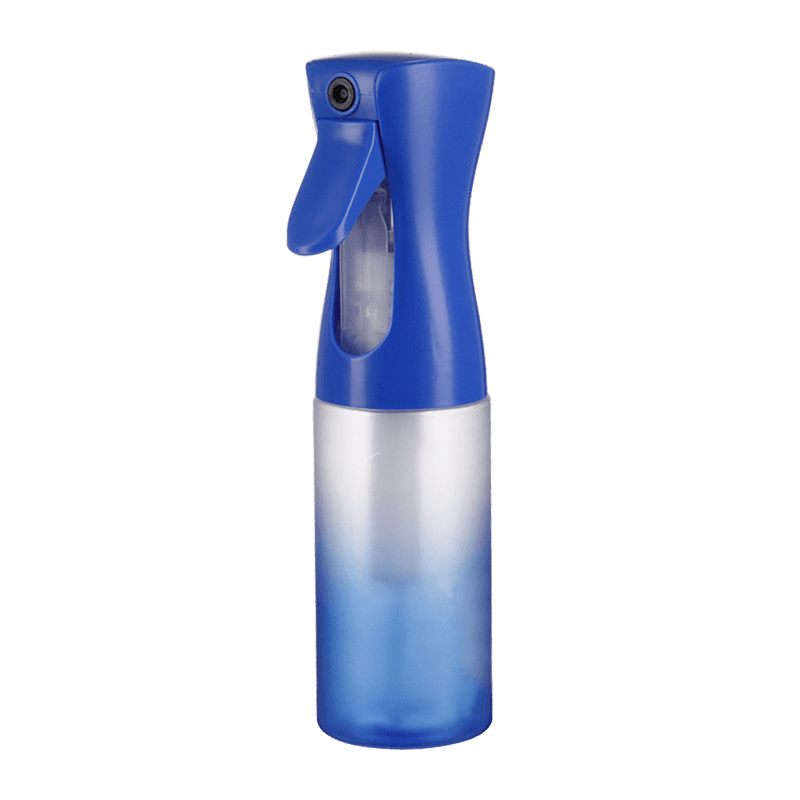Fine mist sprayers are indispensable and important equipment in many fields such as agriculture, horticulture, personal care and pharmaceuticals. Their core function is to convert liquid into tiny mist particles to achieve uniform distribution and efficient absorption. In the design of fine mist sprayers, nozzles are key components, and the quality of their design is directly related to various aspects of spray performance, including spray particle size, spray uniformity, spray speed and liquid use efficiency.
Nozzle types and their functions
There are many types of nozzles, mainly including spray nozzles, atomizing nozzles and rotary nozzles. Each nozzle has a specific function and applicable environment in design. For example, atomizing nozzles atomize liquid into tiny particles through high pressure, while spray nozzles often achieve atomization with the assistance of airflow. Choosing the right type of nozzle is crucial to improving the efficiency and effect of spraying, and can effectively meet the needs of different application scenarios.
Nozzle diameter and spray particle size
The nozzle diameter is a key factor affecting the spray particle size. Generally, the smaller the nozzle diameter, the finer the droplet size, and the better the atomization effect. This is because small-diameter nozzles can force liquids through at higher pressures, resulting in more efficient atomization. However, too small a nozzle diameter may cause clogging, which in turn affects the normal operation of the sprayer. Therefore, when designing nozzles, it is necessary to find a balance between particle size and flow rate to meet the specific requirements of different applications.
Nozzle shape and spray pattern
The shape of the nozzle also has a significant impact on the spray performance. Common nozzle shapes include round, flat and conical. Round nozzles can produce a uniform round spray pattern, which is suitable for large-area coverage applications; while flat nozzles can produce a flat spray pattern, which is more suitable for spraying in narrow areas. In addition, the angle design of the nozzle will also affect the coverage and atomization effect of the spray. Therefore, in the process of nozzle design, designers need to choose the appropriate shape and angle according to the specific application requirements to optimize the spray effect.
Nozzle material selection
The selection of nozzle materials is also crucial. Common nozzle materials include plastics, stainless steel and ceramics. Different materials vary in corrosion resistance, wear resistance and temperature adaptability. The right material selection can significantly improve the service life and stability of the nozzle. For example, in agricultural sprayers, the nozzles need to be able to resist corrosion from pesticides, so the selection of corrosion-resistant materials is crucial. In the pharmaceutical industry, nozzle materials must meet strict hygiene standards to ensure that the liquid during the spraying process is not contaminated.

 中文简体
中文简体 English
English русский
русский